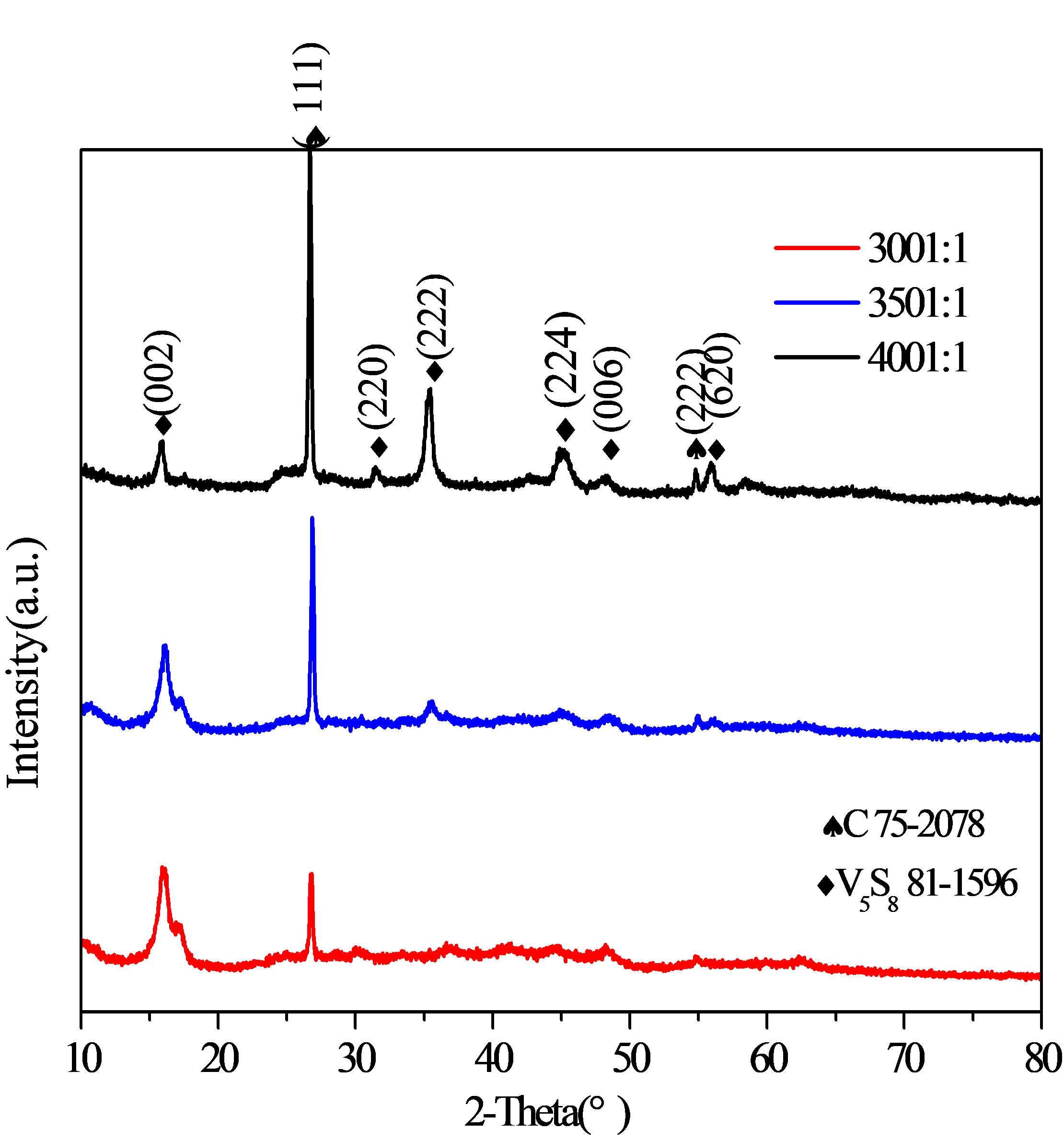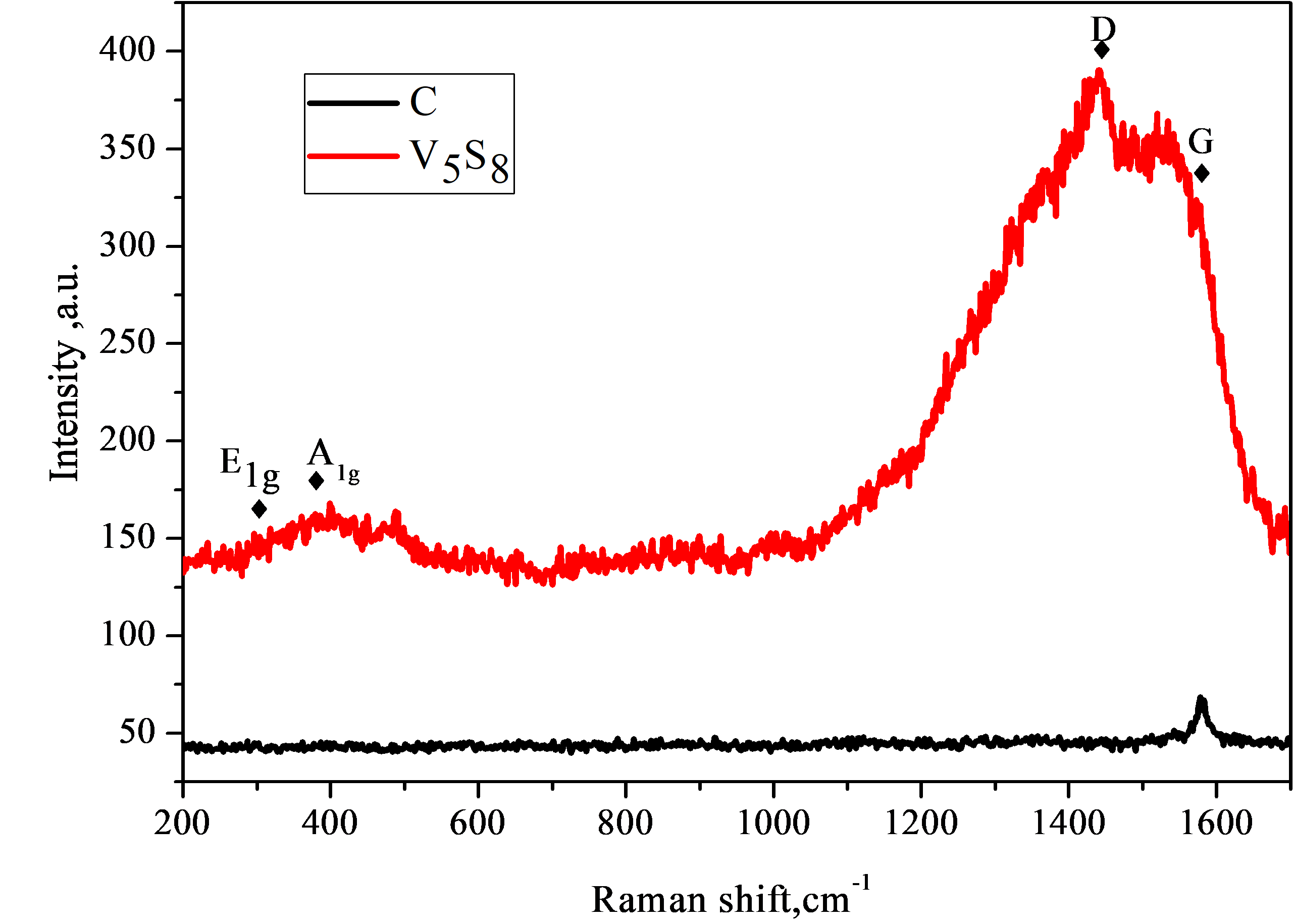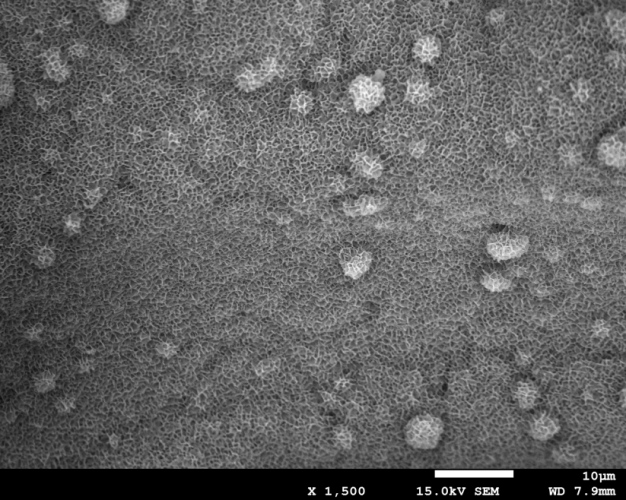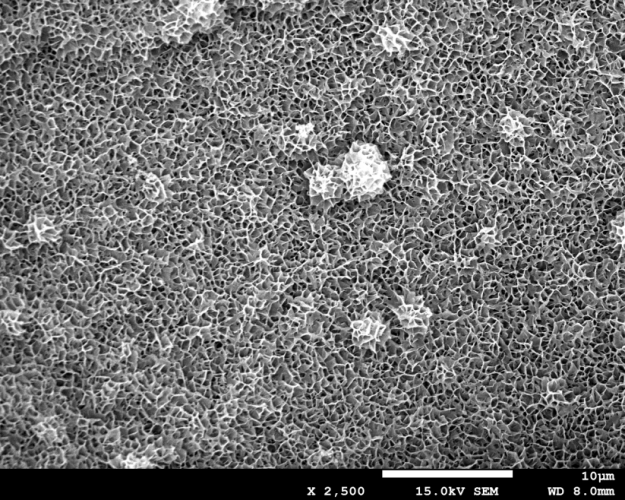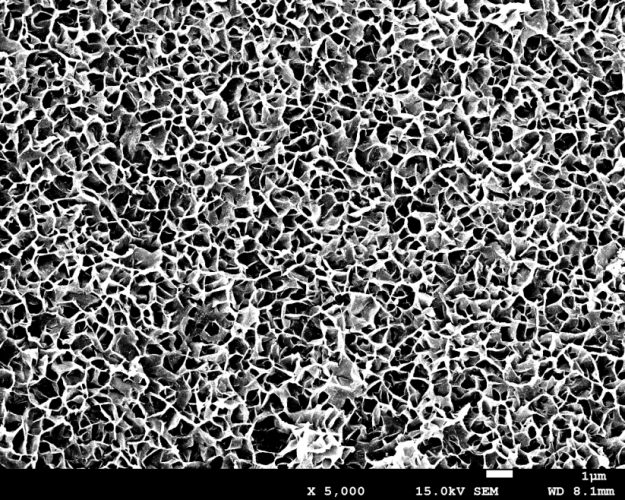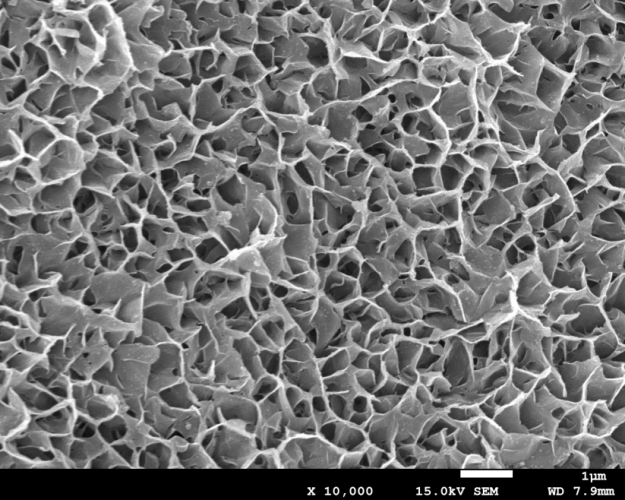硫化钒还原氧化石墨烯复合锂离子电池负极材料制备及电化学性能研究毕业论文
2020-04-25 20:23:07
摘 要
由于全球对于能源的需求不断增加,可靠的能源存储设备的关键是解决问题。90年代以来,锂离子电池(LIBS)已经商业化并销售用于它们的高安全性,稳定性和能力提供用于存储和清洁能源转换的恒定电源。然而,锂离子电池仍存在许多问题,如成本高,充放电性能退化率高,安全风险爆发的概率较高等等,上述问题的存在,对锂离子电池的技术革新和发展都带来了严重的负面影响。在制造锂离子电池的流程中,其中最为关键的一项便是电极材料的选取,电极材料的性质对电池的性能有较大的影响。电极的优异的循环特性和速率特性能大大减小了电池的体积同时增加其能量密度,因此电极材料的研究已成为锂离子电池目前研究和发展的核心问题。
本文在前人的研究基础上,为了克服过渡族金属金属硫化物因为扩散的各向异性和电极/电解质接触不足表现出较差的电化学性能的问题。解决这一问题的主流方法是设计纳米结构和碳质材料复合,而我们的课题正是基于这个设计。采用石墨烯泡沫负载硫化钒纳米结构来作为锂离子电池的负极材料。
本文对锂离子电池的基本原理、提高效率的研究现状等方面进行了介绍。同时,对基于三维石墨烯泡沫的钒硫化物作为负极材料的制备方法进行了研究。并且通过对产物电化学性能研究得出的结论是其可改善锂离子电池性能。
关键词:锂离子电池 转化型负极材料 硫化钒 石墨烯泡沫
Preparation and Electrochemical Performance of Vanadium Sulfide/Reduced Graphene Oxide Composite Lithium Ion Battery Anode Materials
As the global demand for energy continues to increase, the key to reliable energy storage devices is to solve problems. Since the 1990s, Lithium-ion batteries (LIBS) have been commercialized and sold for their high safety, stability and ability to provide a constant power source for storage and clean energy conversion. However, lithium-ion batteries still have many problems, such as high cost, high rate of deterioration of charge and discharge performance, high probability of explosion of safety risks, etc. The existence of the above problems has brought serious problems to the technological innovation and development of lithium-ion batteries. Negative impact. Among the processes for manufacturing lithium ion batteries, the most important one is the selection of electrode materials. The properties of the electrode materials have a great influence on the performance of the battery. The excellent cycle characteristics and rate characteristics of the electrode greatly reduce the volume of the battery while increasing its energy density. Therefore, the research of the electrode material has become the core problem of the current research and development of the lithium ion battery.
In order to overcome the problem of poor electrochemical performance of transition metal metal sulfides due to diffusion anisotropy and electrode/electrolyte contact deficiency based on previous studies. The main approach to solving this problem is to design nanostructures and carbonaceous materials, and our topic is based on this design. The graphene foam-loaded vanadium sulfide nanostructure is used as a negative electrode material for a lithium ion battery.
This paper introduces the basic principle of lithium-ion battery and the research status of improving efficiency. At the same time, the preparation method of vanadium sulfide based on three-dimensional graphene foam as a negative electrode material was studied. And through the study of the electrochemical properties of the product, it is concluded that it can improve the performance of lithium ion batteries.
Key Words:Lithium-ion battery;converted anode material;vanadium sulfide;graphene foam
目录
目录
摘要 I
第一章 文献综述 1
1.1 引言 1
1.2 锂离子电池简介 1
1.3 锂离子负极材料 3
1.4 选择二硫化钒的原因 5
1.4.1 二硫化钒的物理特性 5
1.4.2 二硫化钒用于锂硫电池 6
1.5 文献调研 6
1.5.3 小结 9
1.6 小结 9
第二章 研究方法 11
2.1 主要试验试剂和实验设备 11
2.1.1 实验试剂 11
2.1.2 实验仪器 11
2.2 制备方法 12
2.2.1 硫钒化合物前驱体的制备 12
2.2.2 基于石墨烯泡沫的硫化钒制备 12
2.3 材料分析与表征 12
2.3.1 X射线衍射法 12
2.3.2 拉曼光谱 13
2.3.3 扫描电子显微镜 13
2.3.4 恒流充放电测试/倍率测试 13
2.3.5 循环性能测试 14
第三章 数据分析 15
3.1 研究结果 15
3.1.1 煅烧前产物的XRD图 15
3.1.2 煅烧后产物的XRD图 16
3.1.3 不同煅烧温度下产物的XRD图 16
3.1.4 煅烧后产物的拉曼图谱 17
3.2 微观形态 17
3.2.1 煅烧前的SEM图 17
3.2.2 煅烧后的石墨烯复合硫化钒SEM图 18
3.3 电化学性能 19
3.3.1 恒流充放电曲线 19
19
3.3.2 倍率性能图 20
20
3.3.3 电池阻抗性能图 20
第四章 总结和展望 22
4.1 总结 22
4.2 展望 22
参考文献 23
致谢 25
第一章 文献综述
1.1 引言
伴随着市场经济的有序发展,我国人口基数有进一步扩大的趋势,而日渐发展的技术和物质生产内容,促使人们的生活环境发生了巨大的变化。不管是国内还是国外,个体和企业组织机构对能源的需求量呈现连续上升的态势。不过,能源本身并非无穷无尽的,诸如石油、天然气这种化石能源,是存在枯竭一天的,除此之外,在使用该类化石能源时,环境污染也有可能引发一系列的后续问题,为了应对这些问题,开发和探索以太阳能为例的新能源或可再生能源称为各国学者关注的焦点。然而虽然目前一些可再生能源在很多领域有所应用,但由于太阳能和风能的收集存在间歇性,是不稳定的,不可持续的,且不封耗电设备不能直接连接到电网,也很难将这些能源直接应用于日常,需要进行电化学储能体系的转化,从而实现对这些能源的高效快速以及可持续利用。故而可靠的储能设备成为解决问题的关键。对电能存储(EESs)设备的不断增长的需求提供了巨大的机遇和挑战。在大力发展战略性新兴产业的政策下,储能电池和动力电池得到政府、科技和产业界的高度关注。特别是对于可充电离子电池,其在过去二十年中取得了巨大成功。
二次电池是将电能和化学能转换的设备,在近年来,作为能量储存电池和能源电池电化学储能系统[1]的概念,随着新能源和新能源汽车技术与产业的发展也逐渐热起来,二次电池已成为许多储能装置的研究热点。相对于所述一次电池,二次电池可以通过充电来降低氧化还原反应,并在系统中发生的整体框架实现转变后再行进行充电。相比较其他类型的二次电池,例如:铅酸电池等等,锂离子电池的优势就在于其密度更高,能量更大,开路电压也强,并且没有记忆效应。90年代以来,锂离子电池(LIBs)已经商业化,市场对于它们的高安全性,稳定性,以及存储和转化清洁能源提供恒定电源的能力较为看重。
相关图片展示:

